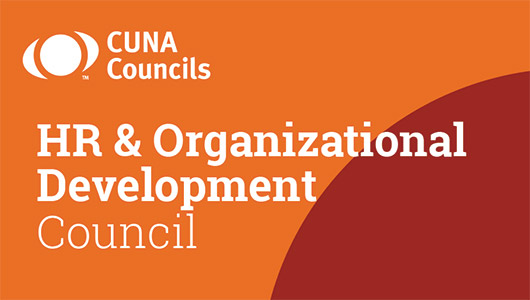
Re-engage staff to stem attrition
‘What worked in 2019 to engage and attract quality talent will not be as successful today.’
Listen to the article
The workplace has undergone a significant shift over the past few years, as the coronavirus pandemic sent employees away from the office and technology allowed many of them to stay home.
The pandemic also caused people to step back and look at their careers and priorities—leading many to leave their jobs.
As a result, businesses may need to alter their approach to attracting and retaining employees, according to Raddon.
Understanding why people leave their jobs is the first step in re-engaging the workforce, Raddon reports.
A Raddon Research Insights study cites several reasons employees left their jobs in 2021, including better pay elsewhere (43%), more flexibility/better hours (33%), different industry (18%), company culture (16%), remote work opportunity (14%), COVID or vaccination policy (12%), promotion/new title (10%), and more responsibility (8%).
To retain employees, credit unions must examine which of those issues matter most to their employees.
Raddon’s top four strategies to re-engage employees:
1. Survey employees
It’s not enough to regularly ask employees questions. Leaders must also accept candid feedback, react to the feedback, and examine if the survey results match what they’re seeing in practice. “For employees to trust the process, they must see their leaders actively responding to the feedback without negative repercussions,” according to Karen Kislin, Raddon strategic advisor.
2. Pay for talent
According to Raddon, inflation will lead more people to seek higher-paying jobs. Therefore, companies must be willing to pay for talent.
Leaders must also understand that every employee is different, and that they can improve engagement by addressing existing merit increases, promoting employees, developing leaders, and providing development opportunities.
3. Create flexible work options
Due to the desire for workplace flexibility, credit unions must be open to doing things differently, such as creating hybrid or fully remote positions.
4. Manage your culture
Whether in the office, at home, or in a hybrid setting, the credit union’s culture must be obvious, with leaders actively demonstrating the mission.
That means aligning employees’ jobs with the company’s mission, vision, and values, Raddon reports. Make your mission and values central to all business decisions and goals, personify them with your actions, and make them visible through transparent communication and employee expectations.
Delivering on promises and setting examples of expected values will grow a culture of trust, Raddon reports.
